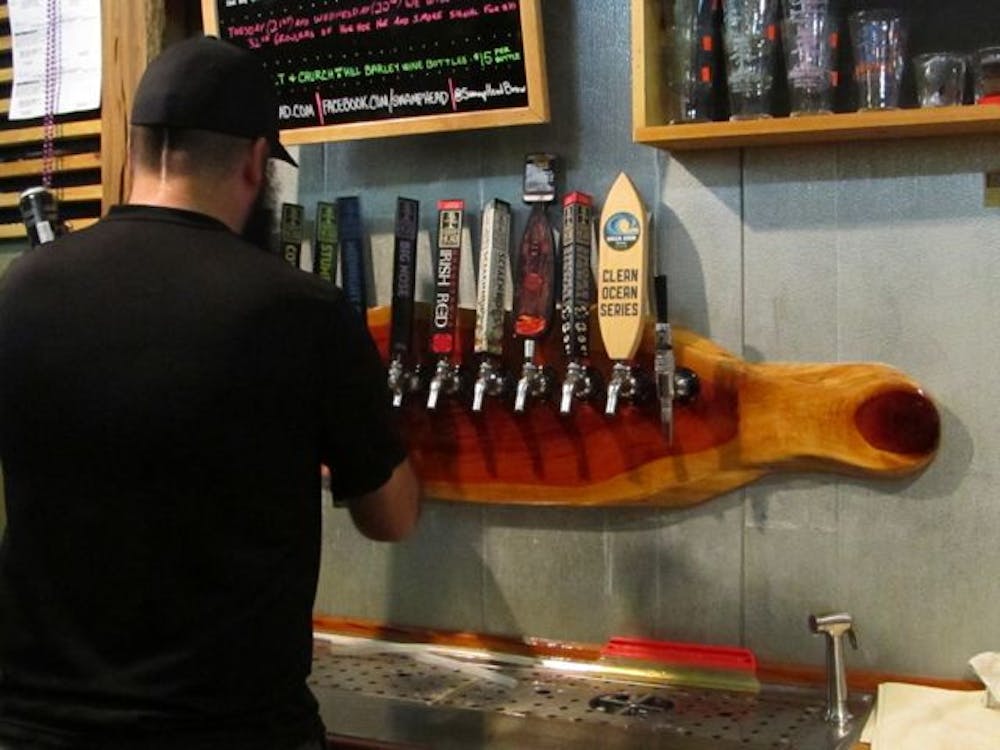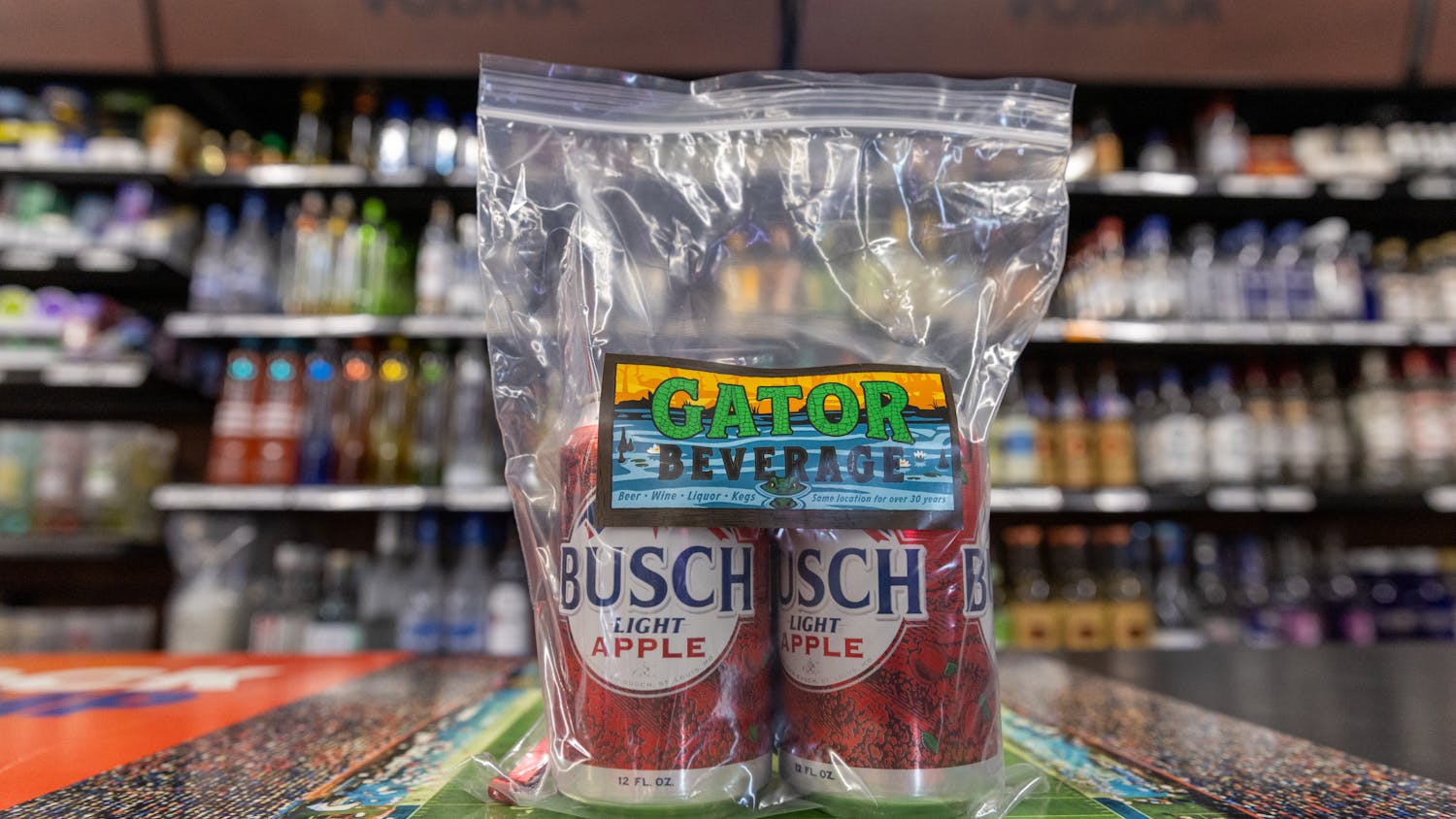Grab a bar stool at any of your favorite local dives, and you’re sure to see them: the person guzzling down his fourth beer of the night like water, the regular ordering the exact same drink he’s ordered for the past year and the hesitant bar-goer asking for the first thing he sees on tap. We’ve all been there once; content with weak cans of mass-produced pilsners and ignorant of the innovative beers cropping up from breweries not advertising during every break on ESPN.
Not to say that each beer doesn’t have a time and a place to be appreciated — I’ve enjoyed my fair share of Natural Light while floating down Ginnie Springs in the summer — but at some point we have to come to terms with a change in taste.
For a demographic that drinks as much beer as we do, shouldn’t we have a better knowledge of what’s out there? When it came up in a class discussion (must be a pretty cool class if we’re talking about beer, right?), I couldn’t ignore it any longer. People should know their beer.
So I’m breaking it down nice and easy for you. For Part 1 of the series, I’m going to cover the basic ingredients and descriptors you can use while out having a drink. Keep reading to get an introduction to all the jargon, terms and adjectives you need to get the most out of your beer.
Basic Ingredients
When you get down to the basics, every beer starts with just four ingredients: water, barley, hops and yeast.
Ale yeast: A top-fermenting yeast that favors warmer temperatures.
Lager yeast: A bottom-fermenting yeast that ferments best at lower temperatures.
Hops: Wonder what makes that IPA so darn bitter? You can blame it on American brewers’ obsession with hops: green flower combs that are dried and then used in the brewing process to add bitterness and aroma. The aroma changes from each hop variety, with popular choices including Cascade, Centennial, Amarillo, Chinook, Saaz and Mount Hood.
Malt: Almost always made from barley, malt is the base grain for all beer. Some styles, like Hefeweizen, use wheat as well. The process is simple enough; soak some barley in water and allow it to germinate before drying and kilning it to use in the brewing process.
Adjuncts: Any other un-malted grains or sugars that are added to create different flavors or colors. Common examples: oats, rice, corn, honey and rye.
Basic Descriptors
The basics for describing what you like about your favorite beer styles.
Malty: A beer with malty qualities would boast flavors and aromas best described as grainy, roasty, toasted (like toasted bread) nutty, chocolaty and/or cooked sugar, like caramel.
Hoppy: A beer with strong flavor and aroma of hops. This can be a pretty vague description considering the variety of hops out there, but a hoppy beer is most commonly bitter and smells like citrus, pine or flowers. A hoppy flavor can also be herbal or earthy in taste.
Imperial: An exaggeration of a style — which could translate into more malt flavor, more alcohol content, more bitterness or more hops.
Session: A mellow beer that you can drink for an extended period of time without becoming belligerent. Usually marked by low alcohol by volume, this is the beer you reach for on game days or river trips.
Mouthfeel: How the beer feels in your mouth. Is it thin and watery? Thick and silky? Resist the urge to gulp down your first sip and take a moment to feel it out first.
Nose: The beer’s aromatic qualities.
Head retention: The amount of foam that sits on top of the beer after it has been served. Since many flavor qualities can be found in the head that you won’t notice as much while drinking the beer, good head retention is a desirable trait for your beer — though not all styles will have them.
What do you think beginning craft beer drinkers should know about beer? Let me know in the comment section below or tweet me @Beer_4Breakfast.
Posts in Beer For Breakfast appear on Fridays.
We’ve all been there once; content with weak cans of mass-produced pilsners and ignorant of the innovative beers cropping up from breweries not advertising during every break on ESPN.






